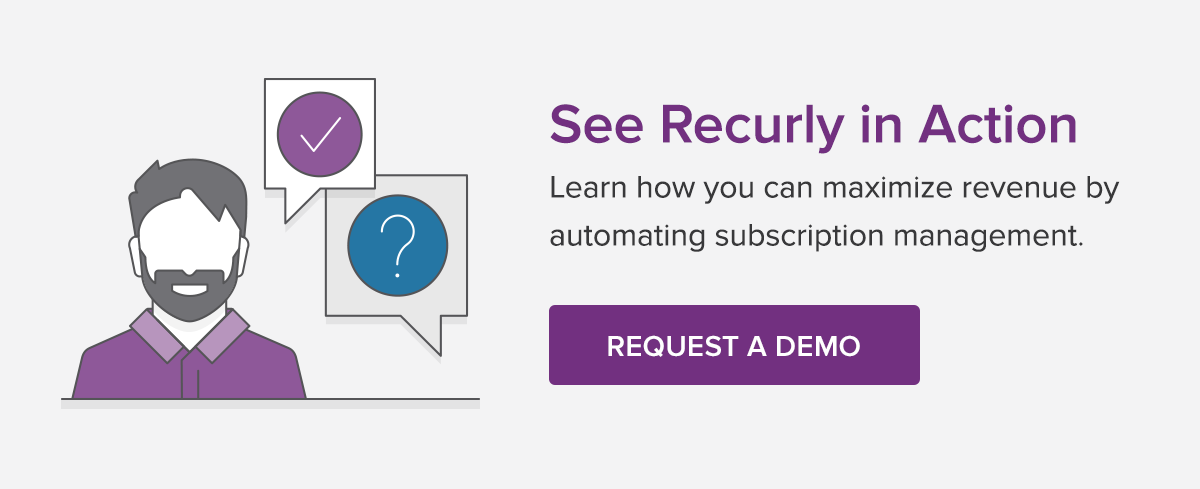Integrating Payments With Your Existing Tech Stack

With all the applications involved in the daily crusade of running a business, the thought of onboarding another platform probably isn’t so appealing. If that’s the case, take a minute to consider what it might look like to replace the hodgepodge of disconnected systems and spreadsheets you use today with a simple, integrated, consolidated solution.
You might think you have to build your tech stack around your payments process. You don’t. It’s entirely possible to integrate payments into your existing tech stack. Payments should complement—not dictate—how you operate.
Before we talk about how, let’s discuss what.
What is a tech stack and what should it involve?
We’re about to get metaphorical. Imagine this narrated by Keanu Reeves.
A tech stack works like an ecosystem. Everything has to work together, or else it all falls apart. Imagine gears, or highway interchanges. Without a compatible system, things stop working and crash together.
A tech stack involves any and all technology that your teams rely on. As an example, a marketing team’s tech stack might include Google Apps, Slack, HubSpot, and Salesforce. We’ll get into payments more specifically in a second.
What are integrations and why do they matter?
Integrations help keep work and information flowing smoothly between tools. When systems (e.g., your project management tool and communication software) are connected, there are tons of perks:
Real-time communication driving a competitive advantage
Less manual entry and fewer lapses between teams and information
Better collaboration & engagement
More direct task updates & reporting
overall streamlined processes within and across departments
Thanks to the war for efficiency, some tools might make up a good chunk of your tech stack.
These tools are constantly growing to help businesses scale, as integrations and AI become more complex and capable of handling tasks like analytics and reporting. They’re created to cater to varying levels of engagement, provide flexibility, and minimize the chaos involved in having disparate systems.
Businesses need seamless connections between their systems. Despite technology’s progress, a single platform can’t possibly replace the entire tech stack that your teams need. That’s where integrations come in.
The benefits of integrating payments
You’re making an impulse purchase. The merchant wants your bank info. Your wallet’s downstairs. Damn, never mind.
A simple example, but a flawless transition into APIs (application programming interfaces). APIs essentially help connect different pieces of applications together. You click Checkout with PayPal (provided thanks to the PayPal API), which redirects you to provide a simple password, fingerprint, or Face ID. Order complete. No more ENTER-MY-EMAIL-AGAIN.
Integrations, broadly, are responsible for automating such connections. One of the biggest benefits is the support that businesses get for any issues between platforms. You’re not left in the dark trying to force systems together that were never meant to be compatible. You’re represented by a team of experts.
On top of that, integration helps with a whole bunch of pain points:
Inefficiencies associated with slow accounting and bookkeeping processes
Inaccuracy caused by manual entry, human error, and duplication
Friction between you and your customers
How to integrate payments with your finance apps
While integrating your project management tool with your scheduling tool makes a lot of sense, how do payments fit in?
The payments ecosystem has a lot of components: invoicing, accounting, subscription management, analytics and insights, and finance management are all big tasks that require reliable systems. Whatever your existing tech stack includes—QuickBooks or Xero, Salesforce, NetSuite, Zapier, Okta—these tools easily integrate with Recurly’s subscription management platform, making business payments streamlined and secure.
Recurly connects with a broad variety of back-office systems and enables lightweight and flexible custom integrations. We provide flexibility that benefits not only your organization, but also your subscribers.
Recurly is a subscription management platform that optimizes your recurring payments process by offering seamless integrations. With our wide range of integrations, you can easily connect your CRM, ERP, accounting, SSO, and business management tools to start saving time and energy.
Improve your existing tech stack by tying your payments together. Contact our sales team to learn how adding Recurly to your payments tech stack can help simplify your subscription billing workflows.


